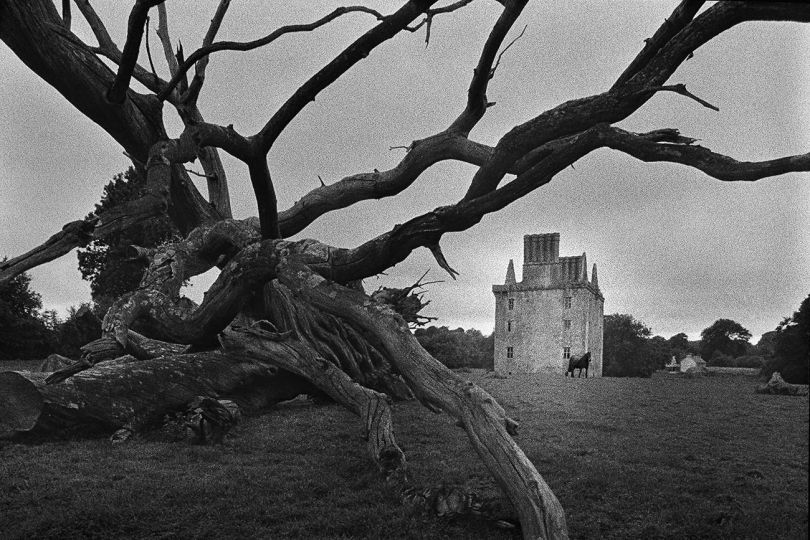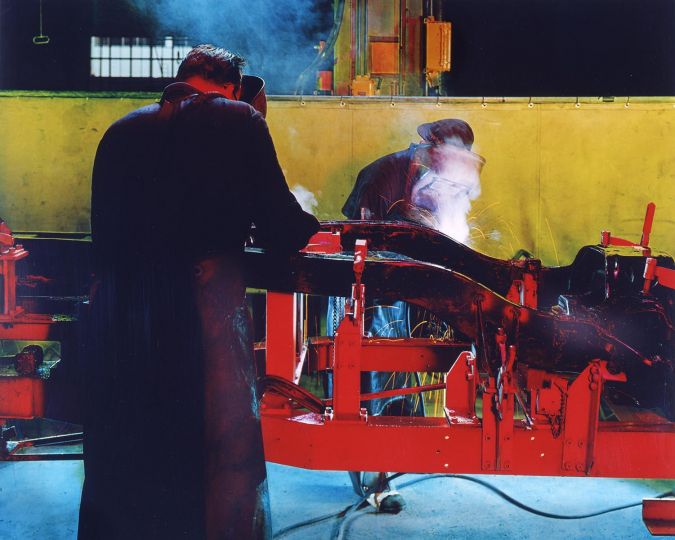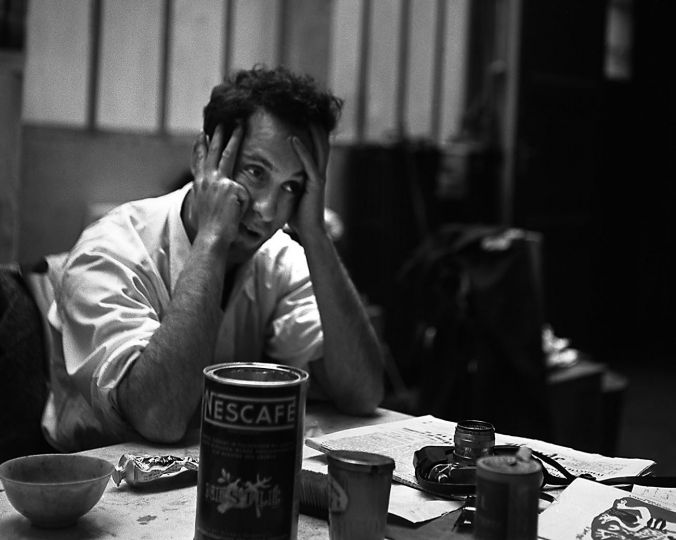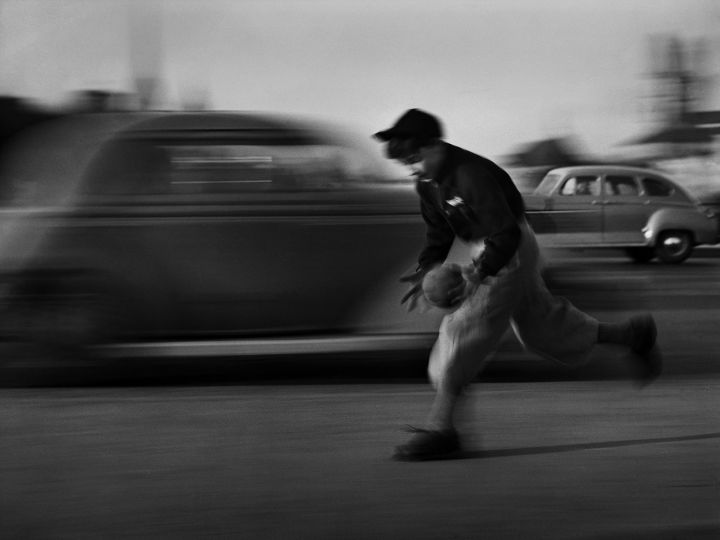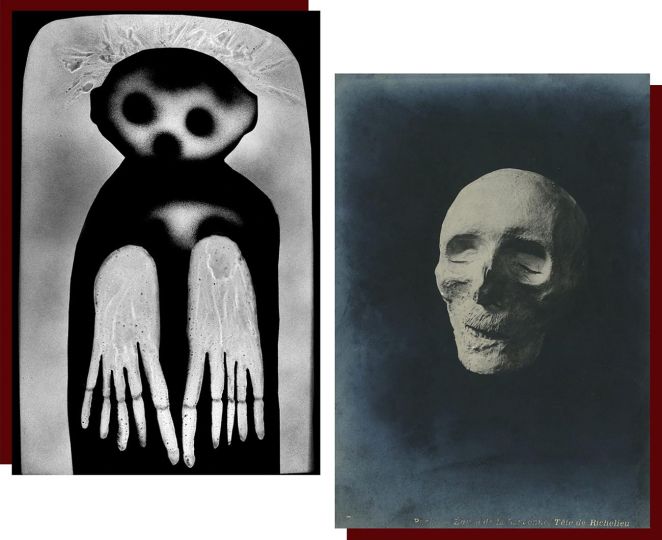On June 8, 1984 in a brilliant stroke the J. Paul Getty Museum announced that it was forming a new curatorial department devoted to photography and had appointed Weston Naef, then an associate curator at the Metropolitan Museum of Art, to take charge of it. The new Getty direction was made possible by the stealthy acquisition of important parts of several notable private collections – including those of Sam Wagstaff, Arnold Crane, André Jammes, Bruno Bischofberger and Volker Kahman/Georg Heusch, along with a half dozen others – all quietly negotiated by Daniel Wolf.
When Naef arrived in Los Angeles in July simultaneously with the new acquisitions, he faced an immediate challenge: how to organize, house and catalogue the thousands of masterpieces dating from the dawn of photography to the art of our times. With an expectant public and a lag time of more than a year, Naef decided to publish a broadside with the full text printed from traditional moveable type on fine paper and the image reproduced as faithfully as possible. Its purpose was to honor the art of photography and commemorate the formation of the Getty Department of Photographs.
The images and words are by William Henry Fox Talbot who set a tone of quality, thoughtfulness and integrity in the relationship between words and pictures. The broadside is headed: “On the Art of Fixing a Shadow” and continues in a philosophical vein:
“The most transitory of things, a shadow,
the proverbial emblem of all that is fleeting and momentary,
may be fettered by the spells of our natural magic,
and may be fixed forever in the position
which it seemed only destined for a single instant to occupy.”
– William Henry Fox Talbot
A year later the department opened its first exhibition: Whispers of the Muse: Photographs by Julia Margaret Cameron with an accompanying book with the same title by Mike Weaver. Each framed photograph was accompanied by sixty words of text giving the viewer relevant information about the image. The practice of informing Museum visitors of the background of every photograph put on view was ground breaking for its time, but now is commonplace world-wide.
Peter C. Jones
This article is reserved for subscribed members only. If you are already a member, you can log in here below.
Subscribe for full access to The Eye of Photography archives!
That’s thousands of images and articles, documenting the history of the medium of photography and its evolution during the last decade, through a unique daily journal. Explore how photography, as an art and as a social phenomenon, continue to define our experience of the world. Two offers are available.
Subscribe either monthly for 8 euros (€) or annually for 79 euros (€) (2 months offered).








